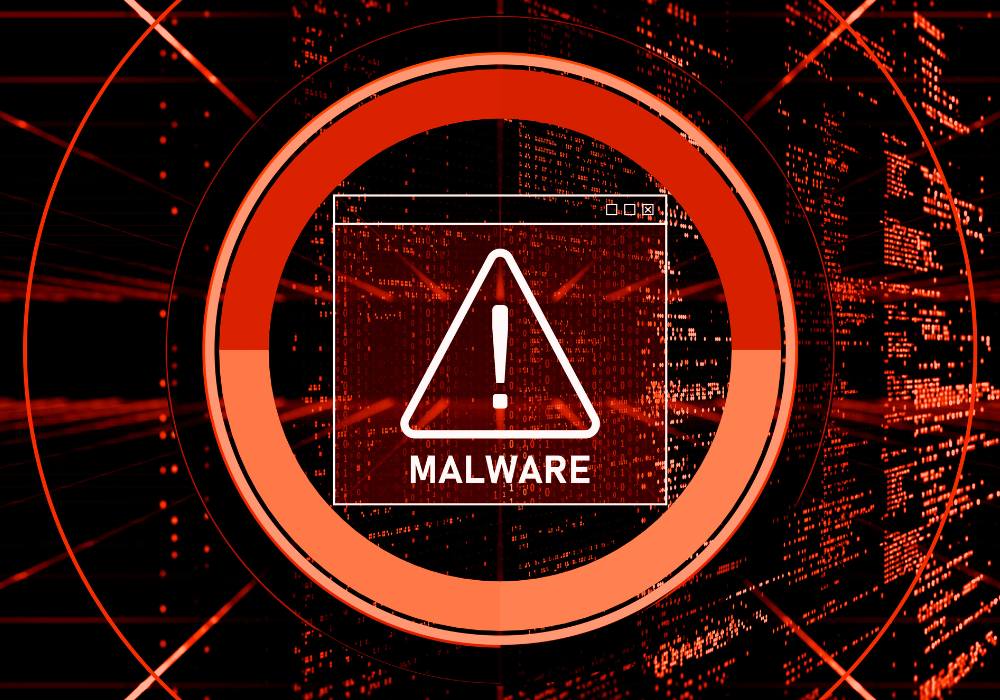Ransomware remains one of the most serious cybersecurity threats, and attacks of this type are constantly evolving. In 2024, cybercriminals are using increasingly sophisticated techniques that allow them to evade traditional protection mechanisms. The consequences of such attacks can be catastrophic – from data loss to the high costs associated with regaining access to systems. In this article, we will present the latest techniques used in ransomware attacks and effective methods to prevent them.
Key findings:
- Ransomware attacks in 2024 use techniques such as phishing, credential theft and double extortion.
- Key to prevention are solutions such as Opswat MetaDefender, which support comprehensive cyber security.
- Employee education and regular software updates are the cornerstones of effective protection against ransomware.
Table of Contents:
- What is ransomware and why is it so dangerous?
- Latest techniques used in ransomware attacks in 2024.
- What are the consequences of a ransomware attack?
- Effective methods to prevent ransomware attacks.
- Frequently Asked Questions.
What is ransomware and why is it so dangerous?
Ransomware is a type of malware that blocks access to a victim’s data or computer systems, demanding a ransom to unlock them. In recent years, ransomware attacks have become increasingly complex, and hackers often combine them with other forms of cybercrime, such as data theft. These attacks are particularly dangerous for companies that store sensitive customer data, the loss or disclosure of which can lead to serious financial and legal consequences. In 2024, cybercriminals are using increasingly sophisticated methods that allow them to bypass traditional protection mechanisms. Among other things, they use phishing, software vulnerabilities and malicious attachments in emails to infect systems and extort ransomware. Therefore, effective protection against ransomware requires modern solutions such as Opswat MetaDefender, which provide multi-level protection.
Latest techniques used in ransomware attacks in 2024
- Phishing as the main attack vector: Most ransomware attacks start with phishing emails that prompt users to open malicious attachments or click on suspicious links. In 2024, cybercriminals are increasingly using personalized messages that are harder to recognize as fake.
- Credential theft: Many ransomware attacks are based on taking over users’ login credentials. Hackers use techniques such as brute force or keylogging to gain access to systems.
- Double extortion: This is a technique in which cybercriminals not only encrypt data, but also threaten to expose it if the ransom is not paid. This strategy increases the pressure on victims who fear reputational damage.
- Automating attacks: With modern technology, hackers are able to scale their attacks quickly, reaching more victims in less time.
- Exploiting software vulnerabilities: Cybercriminals actively seek unpatched vulnerabilities in popular applications to infect systems with ransomware. Therefore, regular updates are key to preventing such attacks.
What are the consequences of a ransomware attack?
A ransomware attack can have disastrous consequences for a company, both financially and operationally. The main consequences are:
- Data loss: If a company does not have up-to-date backups, data can be permanently lost.
- Business interruptions: Infected systems often have to be shut down while the threat is removed, leading to costly downtime.
- High data recovery costs: Even if the company decides to pay the ransom, there is no guarantee that the data will be restored.
- Legal risks and loss of reputation: If customer data is disclosed, the company may be held legally liable and lose the trust of its customers.
Effective methods to prevent ransomware attacks
- Investment in modern security solutions: Tools such as Opswat MetaDefender offer multi-layered protection against ransomware threats, using advanced file analysis and real-time scanning techniques.
- Employee education: Many ransomware attacks begin with human error. Regular training on cyber security helps employees recognize potential threats.
- Regular backups: Data backups should be stored in a secure location, preferably outside the company’s main network. This allows for quick restoration of data in the event of an attack.
- Software updates: Regular updates eliminate security vulnerabilities that could be exploited by cybercriminals.
- Network monitoring: constant monitoring of network traffic allows quick detection of suspicious activity that may be related to ransomware.
Frequently asked questions
Is it possible to recover data after a ransomware attack without paying a ransom?
In some cases, yes, especially if the company has backups or uses tools such as Opswat MetaDefender, which help identify and neutralize threats.
How often should employees be trained on cyber security?
At least once a year, and whenever new procedures or technologies are introduced.
Are small businesses also being targeted by ransomware attacks?
Yes, hackers are increasingly targeting small and medium-sized businesses that may have less advanced security.



